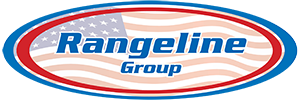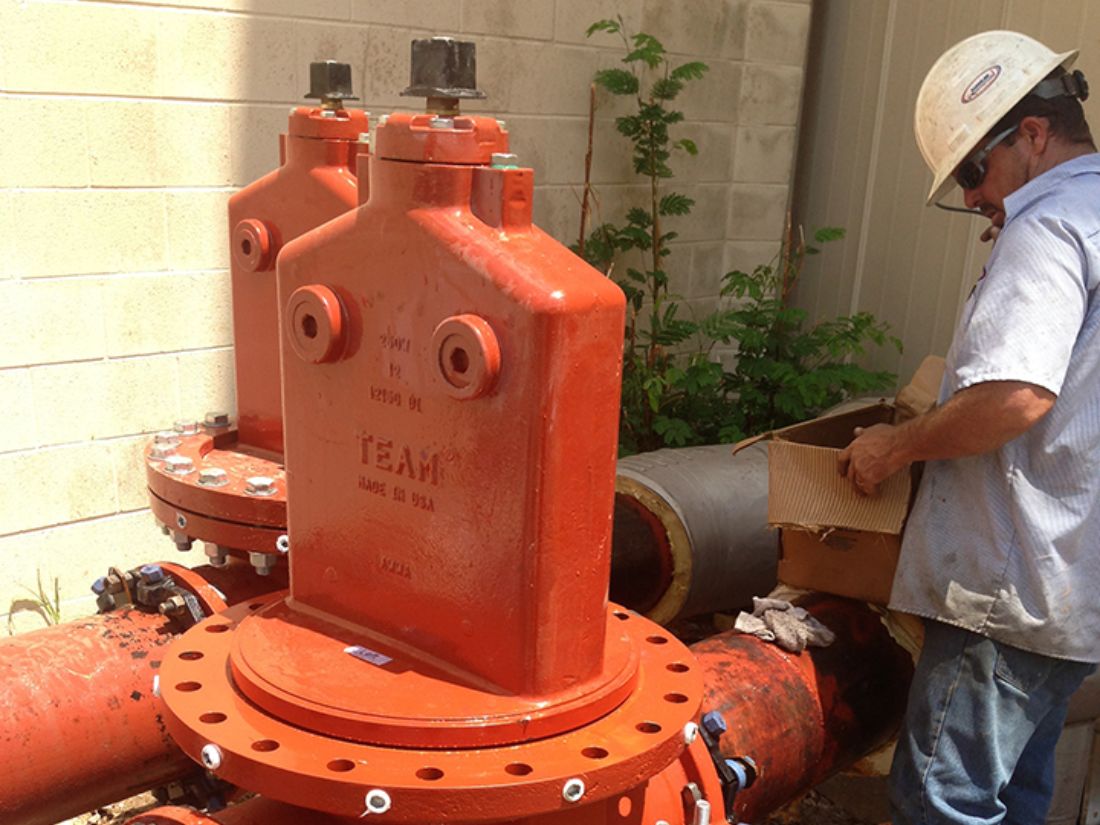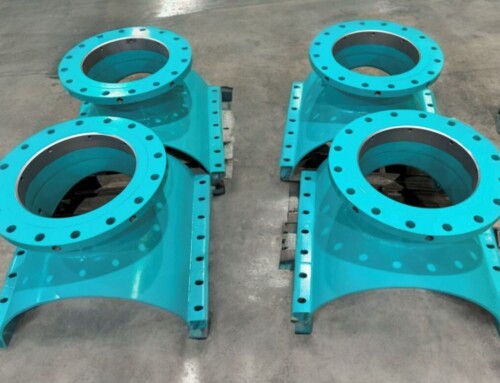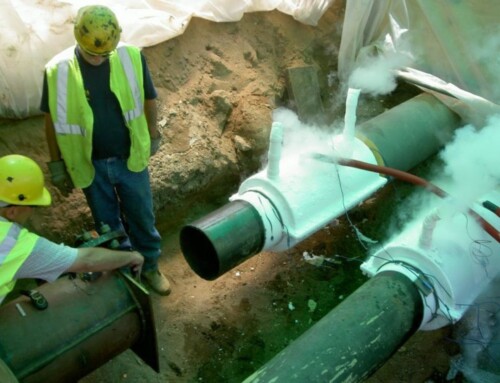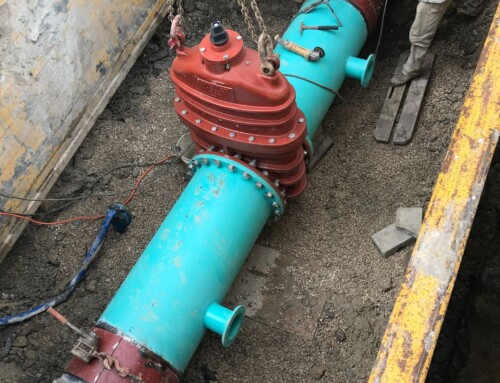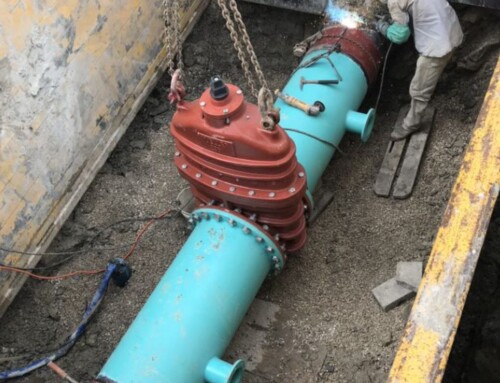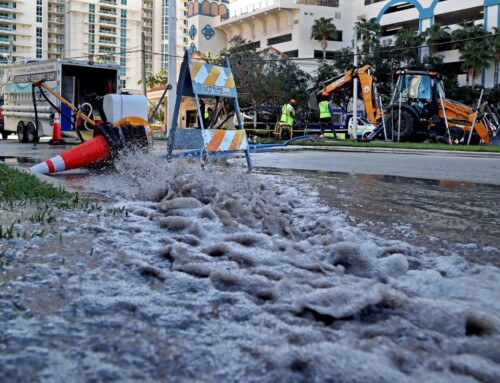Dealing with a damaged sewer pipe can be a daunting task, especially with the importance of minimizing service disruptions. Fortunately, several methods are available to repair sewer pipeline without interruptions or extensive excavations. We’ll explore the best ways to repair a damaged sewer pipe for the most common scenarios.
Trenchless Pipe Lining
Trenchless pipe lining, also called cured-in-place pipe (CIPP) lining, allows workers to install a new pipe lining within the pre-existing damaged pipe. The flexible lining is covered in resin-coated fabric that hardens once cured, which creates a corrosion-resistant new pipe inside the existing one. This method is efficient and minimizes environmental impact since it does not require extensive excavation.
Pipe Bursting
Pipe bursting is another trenchless method ideal for situations where the damaged pipe has lost its structural integrity and needs complete replacement. This process involves using a bursting head that fractures the old pipe while pulling in a new HDPE pipe at the same time. Pipe bursting can accommodate various pipe sizes and materials and provide a durable, long-lasting solution.
Slip Lining
Slip lining involves the insertion of a new, smaller pipe into the damaged sewer line. It grouts the annular space between the two pipes with high-density polyethylene (HDPE) or fiberglass-reinforced pipes. These materials resist corrosion and provide a long-lasting solution. Workers can complete slip lining in a few days, minimizing disruption to the surrounding area.
Valve Insertion
Valve insertion is the process of installing a new valve into the existing pipe without shutting down the system. This technique maintains service to customers while allowing workers to make necessary repairs or modifications on the sewer pipeline. Hiring pipeline repair professionals for an insertion valve installation can help you avoid service disruptions and address the issues within your pipe system.
Robotic Repair
Robotic repair is another method for repairing a damaged sewer pipe. It leverages cutting-edge technology to conduct in-pipe repairs without excavation. Workers will use a remotely controlled robot to perform minor repairs within the sewer pipeline, such as sealing joints, cutting off intruding connections, and applying patch liners. Additionally, this method allows for continuous video inspection, ensuring the repairs are precise.
